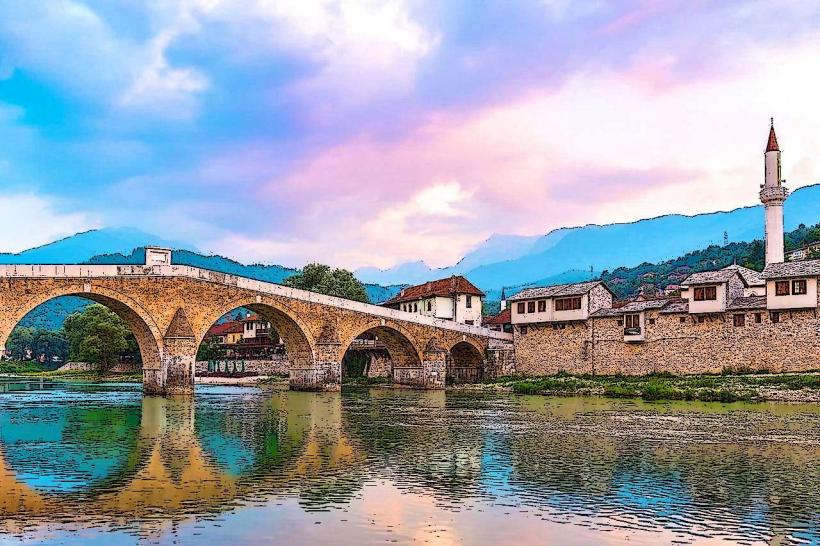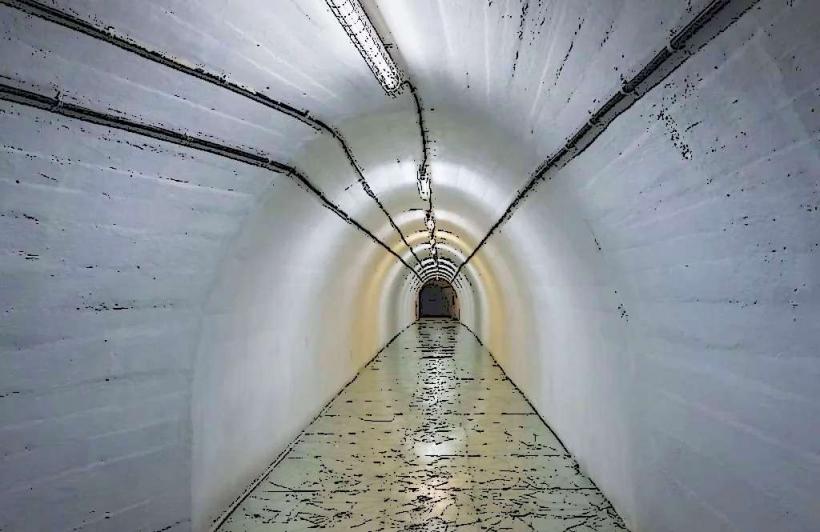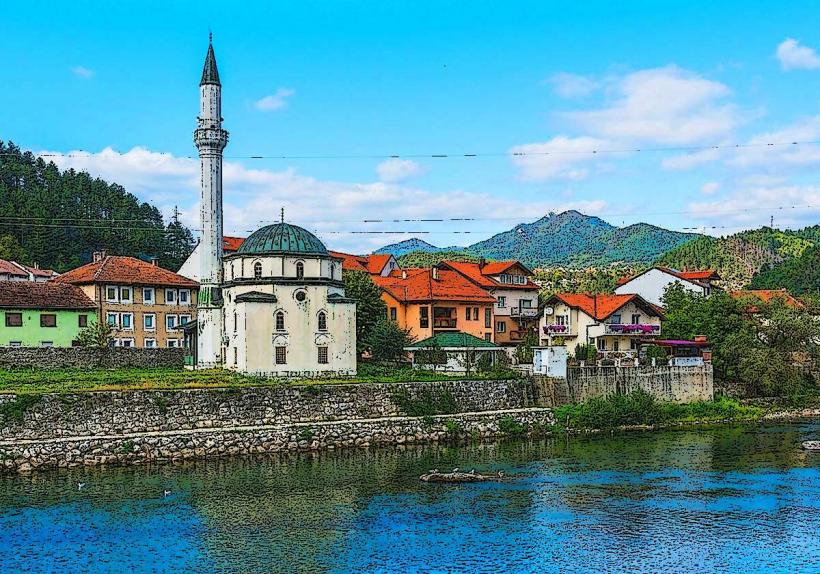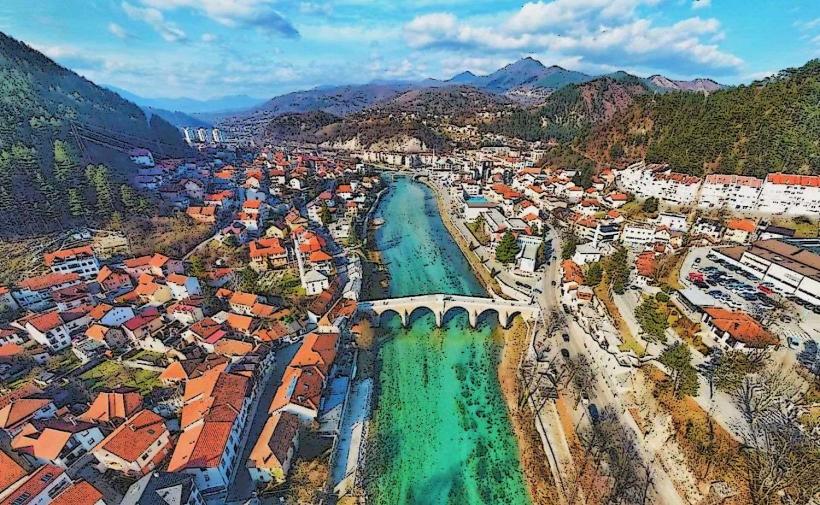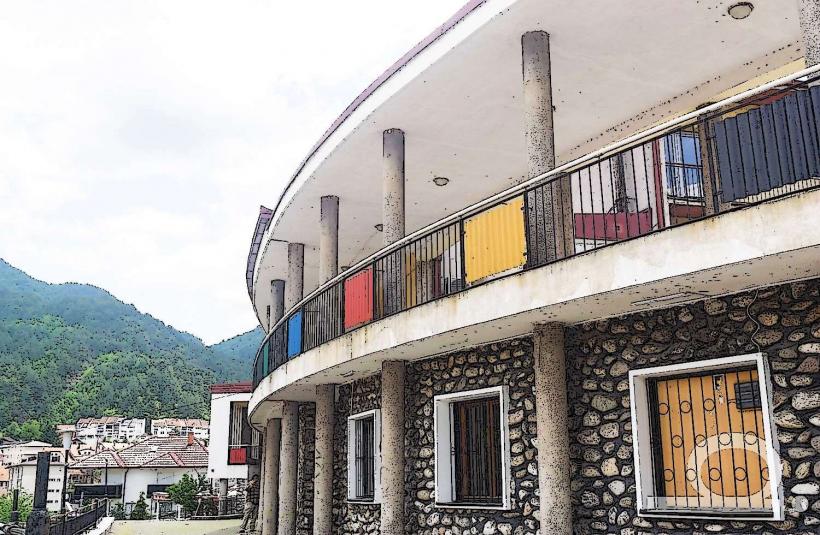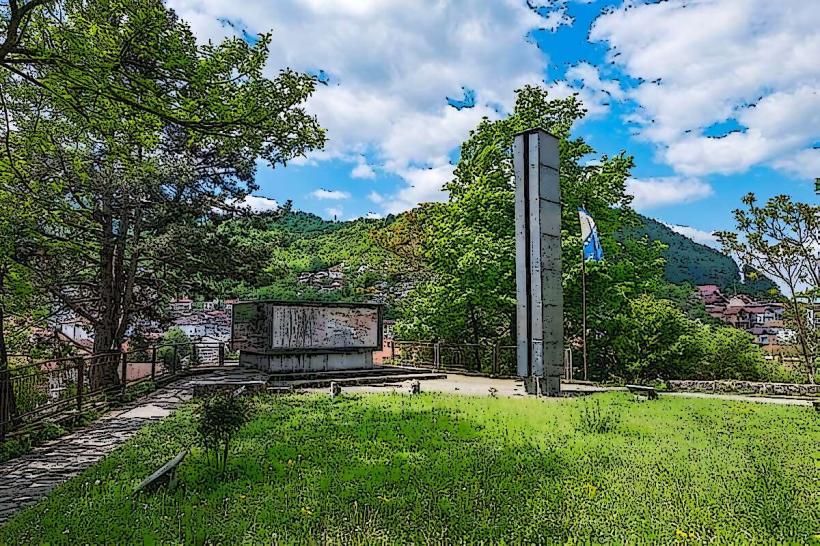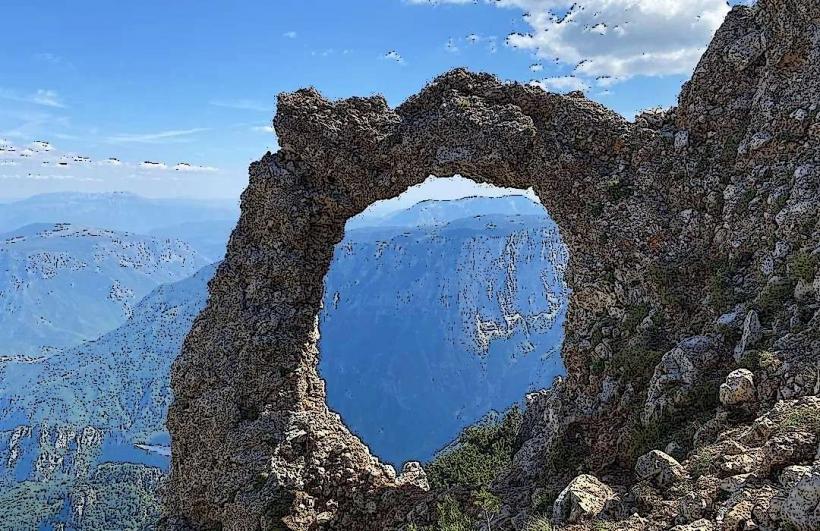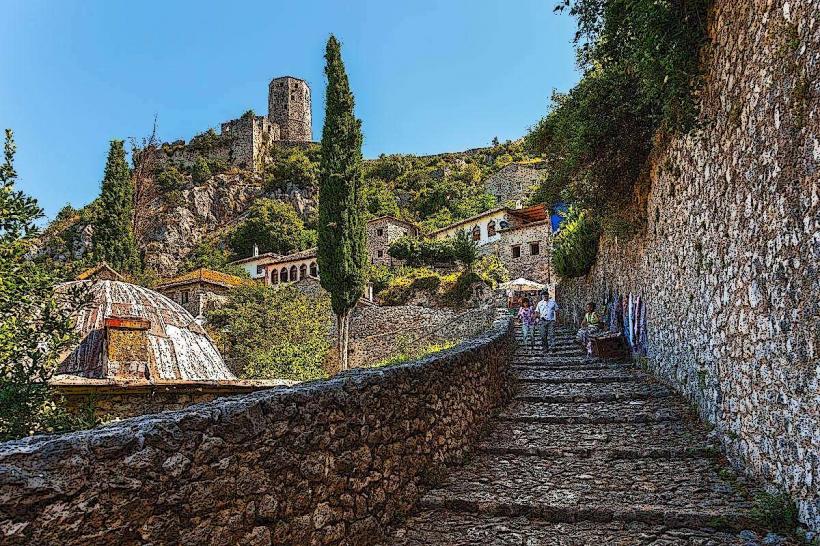Information
Landmark: Islamic MuseumCity: Konjic
Country: Bosnia and Herzegovina
Continent: Europe
The Islamic Museum of Konjic is a significant cultural institution located in the town of Konjic, Bosnia and Herzegovina. The museum offers a rich insight into the Islamic heritage of the region, showcasing a wide range of historical artifacts, artworks, and cultural materials that reflect the long-standing presence of Islam in Bosnia and Herzegovina, particularly within the context of Bosnian Muslim traditions and the broader Ottoman influence in the Balkans.
Historical Background
Establishment:
- The Islamic Museum of Konjic was established to preserve and promote the Islamic cultural and historical legacy of the region, particularly highlighting the contribution of Islam to Bosnian and Herzegovinian civilization. The museum seeks to create a connection between the past and present, providing visitors with a deeper understanding of the Islamic tradition that has shaped the cultural fabric of the region.
Cultural and Religious Significance:
- The museum emphasizes the importance of Islamic culture in Bosnia and Herzegovina, which has been influential in shaping architecture, art, literature, and daily life. It reflects the deep historical connection between the Islamic faith and the people of Konjic, whose cultural practices have been influenced by centuries of Ottoman rule.
Key Exhibitions and Collections
Islamic Art and Artifacts:
- The museum’s collection includes a wide array of Islamic artifacts, such as manuscripts, calligraphy, korans, and ceramics that reflect the Islamic artistic heritage in the region. These items often date back to the Ottoman period and showcase the intricate designs and craftsmanship typical of Islamic art.
- One of the museum's highlights is its collection of religious texts, including ancient korans and Islamic scriptures, some of which are beautifully decorated with Arabic calligraphy and geometric patterns, typical of Islamic artistic traditions.
Islamic Architecture:
- The museum showcases models and drawings of Islamic architectural structures, both historical and contemporary. These may include mosques, madrasas (Islamic schools), hospitals, and other buildings from the Ottoman era, reflecting the style and influence of Ottoman architecture that remains a key feature of Bosnian cities, including Konjic.
- The museum also highlights the craftsmanship involved in the construction of Islamic religious buildings, such as mosque minarets, domes, and mosque interiors, illustrating the architectural development that occurred during Ottoman rule.
Historical Documents:
- The Islamic Museum of Konjic houses an extensive collection of historical documents, which include religious and administrative texts, as well as correspondence from the Ottoman period. These documents provide crucial insights into the relationship between the Ottoman Empire and the local population, reflecting the governance, education, and religious practices of the time.
- The museum’s archival materials also offer a glimpse into the lives of Bosnian Muslims under Ottoman rule and in the post-Ottoman period.
Ethnological Collection:
- The museum’s ethnological collection includes traditional clothing, jewelry, and household items, which demonstrate the daily life of Bosnian Muslims and how Islamic customs were integrated into the cultural and social fabric of the community.
- Items like Islamic prayer rugs, ceremonial objects, and traditional garments represent the religious and cultural practices of Bosnian Muslims, reflecting the ways in which Islamic tradition permeated everyday life.
Religious Art:
- The museum’s collection includes various examples of Islamic religious art, such as miniatures, Islamic manuscripts, and paintings, often depicting religious leaders, historical events, or scenes from Islamic history. These works of art help contextualize the region's relationship with the broader Islamic world.
Exhibitions on Ottoman Legacy:
- The museum also focuses on the Ottoman legacy in Bosnia and Herzegovina, highlighting the impact of Ottoman rule on the cultural, social, and religious life of the region. The exhibitions illustrate the changes in architecture, education, and religious practices brought about by the Ottoman influence, including the development of Islamic schools and charitable institutions.
Educational and Cultural Role
Promoting Understanding of Islamic Heritage:
- The museum plays an important role in promoting a deeper understanding of Islamic culture and history in Bosnia and Herzegovina. By providing access to key historical artifacts and educational resources, it helps visitors gain a more nuanced understanding of the role of Islam in the region’s development.
Cultural Preservation:
- As a cultural institution, the museum also contributes to the preservation of Bosnian Islamic heritage. It ensures that the legacy of the Ottoman period, as well as the continued influence of Islamic traditions, is safeguarded for future generations. The museum actively engages in the preservation and cataloging of cultural artifacts, ensuring that important historical materials are maintained and accessible.
Educational Programs and Activities:
- The museum organizes various educational programs, including guided tours, lectures, and workshops designed to deepen understanding of the Islamic traditions and history of the region. The museum frequently collaborates with local schools, universities, and cultural institutions to offer educational opportunities related to Bosnian Muslim history and Islamic art.
Tourism and International Visitors:
- The Islamic Museum of Konjic serves as an important destination for tourists, especially those interested in the cultural and religious history of the Balkans. It provides a unique opportunity for visitors to explore Bosnian Islamic heritage and learn about the impact of Islam on the country’s development.
Conclusion
The Islamic Museum of Konjic is a vital institution for preserving and showcasing the rich Islamic cultural heritage of Bosnia and Herzegovina. Through its extensive collections of artifacts, historical documents, and religious items, the museum offers a comprehensive look at the influence of Islam on the history and culture of the region. It not only serves as a place of historical reflection but also plays a key role in educating visitors and preserving the unique traditions of Bosnian Islam for future generations.

